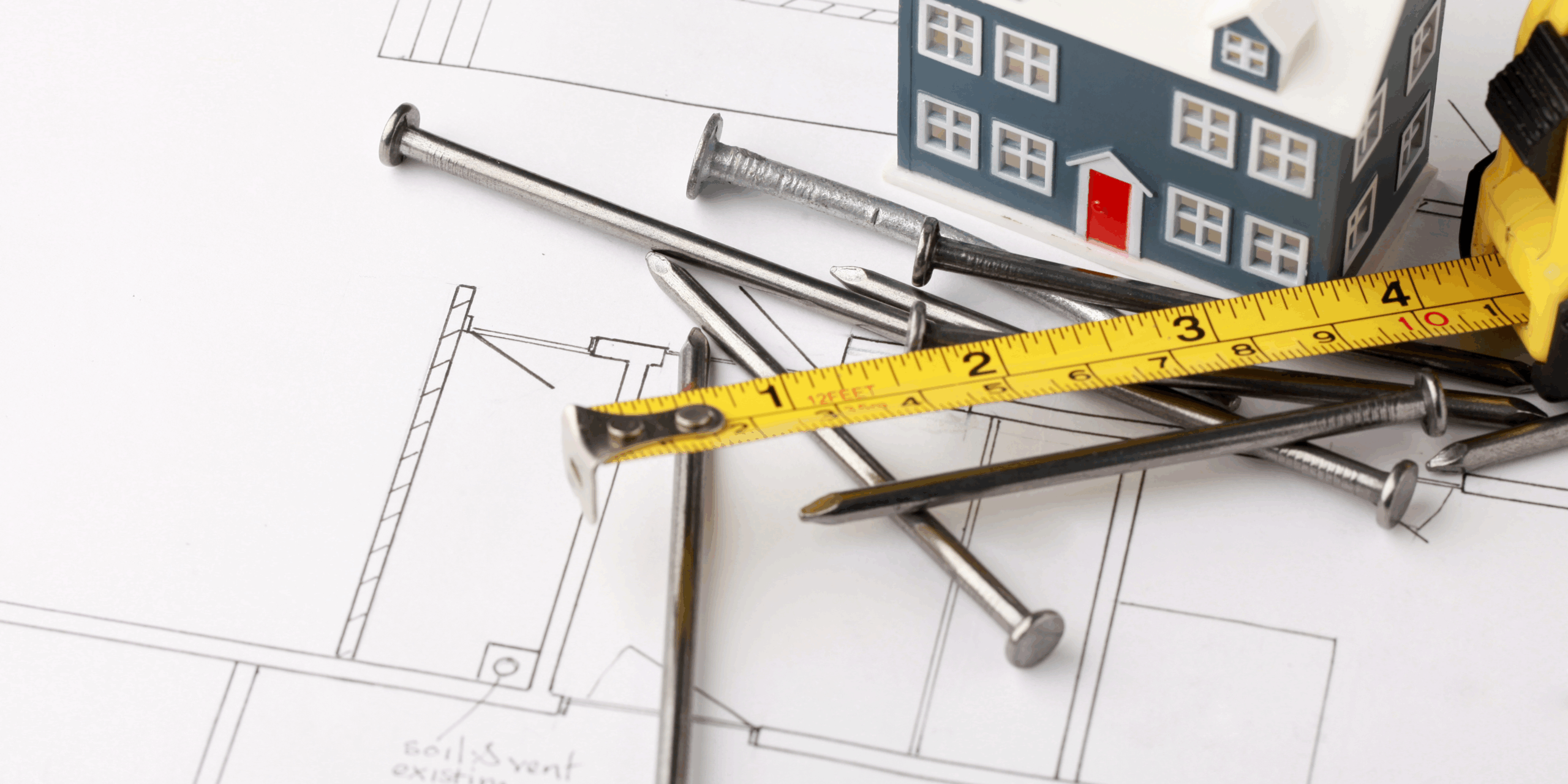

Chapter 7 of Quit Getting Screwed, by Karalynn Cromeens
Lioncrest Publishing
The judge read the jury’s verdict, a judgment against my client, Super Door Subcontractor, for $150,000. All I could think was if my client had had something in writing approving the doors they installed, none of this would have happened.
Before Susan with Super Door Subcontractor began work on this particular project, the general contractor told them the owner wanted different doors than what was called for in the plans. Susan told the general contractor that the new doors the owner wanted would not work. The doors the owner wanted were designed for interior use and would not work for the exterior of the building where they were to be installed. The general contractor said the owner didn’t care, and they wanted these doors.
Despite her hesitation, Susan did what the owner wanted and installed the doors the owner requested. When the doors failed, like she said they would, Susan was sued. Unfortunately, my client did not have any evidence, other than her word, that they were specifically instructed to install the doors that failed.
Had Susan had an approved submittal or proof that she sent over as built drawings with a transmittal letter, as suggested in this chapter, this may not have happed.
If there was a way to CYA (cover your ass) from a dispute that may occur after the project is complete while the project was ongoing, would you do it?
That is what the submittal and as built process can do for you—it can CYA!
A submittal is a process for getting the general contractor and/or owner to approve materials for a project before they are installed.
The submittal process, if done correctly, is a paper trail that will prove that your work was approved by the general contractor and/or owner before you performed the work. As long as you do the work as it was presented in the submittal, the general contractor and/or owner cannot later refuse to pay you based on nonconforming work.
Not taking advantage of the submittal process is the loss of a valuable tool to document the acceptance of your work during the project.
Having the general contractor sign off on a submittal and/or a set of as built drawings can potentially limit your liability if the general contractor later claims that your work was defective or that the materials you used were inadequate.
Most subcontracts have a provision that requires a submittal process. Meaning, material that is going to be supplied for the project must be approved before it is installed. Carpet, paint, windows, and stone should all be approved via submittal before the order for the material for the project is placed.
The submittal process is the process of gathering all of the documents that explain and describe the material and submitting that information to the general contractor and any other required parties. The submittal package includes all of the required documents with the required submittal form attached. All subcontractors that are required to supply material for a project should provide a submittal package to the general contractor and/or owner that includes the product data sheet for each product you plan to use and a sample of the actual material that will be used.
If allowed, request to do a mock-up, meaning you do a small application of the product on-site. This allows the general contractor and/or owner to see what the actual product looks like at the project site and allows a chance to change it if it is not what the owner was envisioning.
Some examples of the submittal process as written in subcontracts might look like this:
Subcontractor will prepare and submit to General Contractor, in a timely manner, all shop drawings, product samples, test results, installer’s instructions, product data sheets, and any other relevant information, within 30 days of signing this subcontract. Subcontractor shall not begin any Work until the submittal package is approved.
This particular subcontract did not have a specified submittal form that could be used. Visit SubcontractorInstitute.com to download a submittal form that I suggest you use. The important part is keeping a copy of the signed approval.
Here is another example:
SHOP DRAWING AND SAMPLES: Subcontractor shall furnish promptly all samples, product data sheets, drawings, schedules, and shop drawings, as required in connection with Subcontractor’s work. Approval of the submittal package does not relieve Subcontractor of the responsibility of complying with the drawings, specifications, and all contract documents.
Although this paragraph states that the subcontractor still has the responsibility to comply with the drawings, specifications, and contract documents, the general contractor’s approval of your work before you begin will be very convincing evidence that your work was accepted as is.
Ensure that the product you submit is in accordance with the specifications for the project and that the way it is applied or installed follows the manufacturers’ guidelines. Failure to do so may void any warranty claims. Most suppliers and manufacturers will have the information that is required for a submittal package.
Another important aspect of the submittal process is keeping a copy of all the documents submitted and the submittal form that is signed and accepted. Include in your submittal package an extra copy of everything that you have submitted with the submittal approval form. If a specific form is not required by your subcontract, you can find a form at SubcontractorInstitute.com. Make sure you do not move forward with the application and/or install until you have the signed submittal approval form.
Visit SubcontractorInstitute.com and download the “submittal acceptance form.” From here on out, be sure to put your letterhead on every submittal you do. Make sure you get the signed approval back before you begin the application and/or installation. Save the signed form digitally and physically in your records for the project. If you do not keep a copy of your approved submittal, you will not be able to demonstrate that it was approved if there is an issue later on.
If Super Door Subcontractor had a signed submittal form approving the doors they installed, they would not have been sued or received a $150,000 judgment against them.
As built drawings show how your scope was built, which is always slightly different than the proposed drawings. These documents are very important. It is easier and more effective to take notes and prepare these documents when you are on the project site as opposed to trying to remember what you did when the general contractor is demanding the as built drawings to issue your last payment, or retainage.
Your as built drawings will be a part of the general contractor’s closeout documents to the owner. A correct set of as built drawings are essential to the owner and their facilities team. A set of as built drawings will be required before you are issued final payment. In addition, if your information is included, the owner will be more likely to contact you if they want to upgrade or remodel.
To have effective as built drawings, you should make a note of any changes to your shop drawings, or anything else that was in the submittal package, that were applied and/or installed differently than what was initially submitted. Make the changes to the submittal documents the same day you become aware of the change. That way, when you complete your scope of work, you can send the general contractor/owner your as built drawings instead of them being demanded from you. That way, you don’t have to try to remember what happened at the project site and throwing something together at the last minute.
From a legal perspective, it will be more difficult for the general contractor and/or owner to claim that your work was not accepted when you send over the as built drawings as soon as your scope is completed. At SubcontractorInstitute.com, you will find a transmittal letter to attach to your as built drawings when submitting them to the general contractor/owner. This letter will put the responsibility on the general contractor/owner to raise any issues with your work at that point in time, or they are waived.
Download the as built drawings transmittal letter and make it part of your process to send the as built drawings as soon as you complete your scope of work with the transmittal letter.
If you aren’t already preparing and submittals and as built drawings as part of your process, you need to start doing so immediately. Make sure you keep the signed approval of the submittal and/or as built drawings as part of your project file. These should be some of the first documents you provide if a dispute arises.
In the next chapter, we’ll discuss another important topic that you should be doing if you’re not already: daily reports.
| Key Points |
| 3. When your scope is complete, send the general contractor the as built drawings along with the as build transmittal letter referenced above. |
| 2. Get signed approval of your submittal package before you begin work. |
| 3. When your scope is complete, send the general contractor the as built drawings along with the as build transmittal letter referenced above. |
Karalynn Cromeens is the Owner and Managing Partner of The Cromeens Law Firm, PLLC, with over 17 years of experience in construction, real estate, and business law. A published author and passionate advocate for contractors, she has dedicated her career to protecting the businesses her clients have built. Karalynn is on a mission to educate subcontractors on their legal rights, which inspired her books Quit Getting Screwed and Quit Getting Stiffed, as well as her podcast and The Subcontractor Institute.

